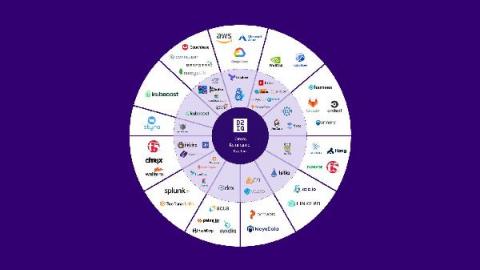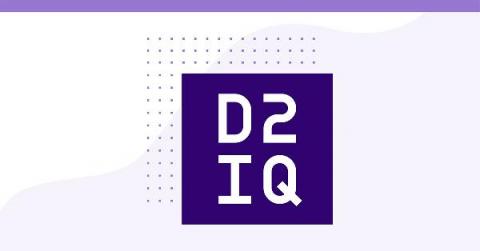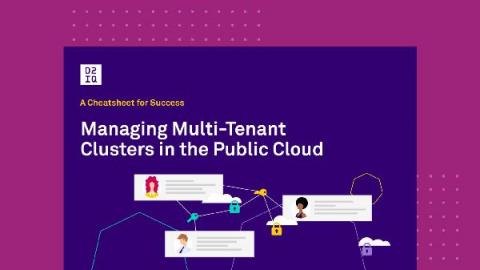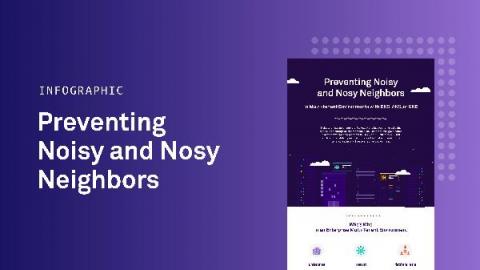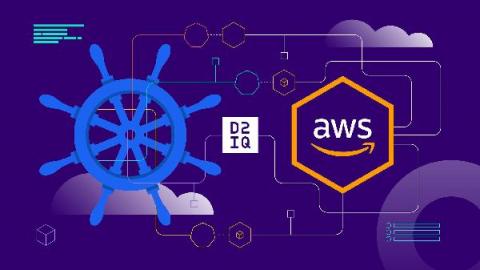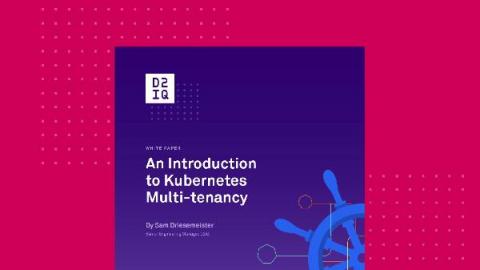Cryptomining Attacks on Kubeflow: What You Need to Know
Microsoft recently reported two widespread cryptomining attacks targeting Kubeflow, a popular cloud-native platform for machine learning (ML) workloads on Kubernetes. Attackers targeted Kubeflow installations using either the Kubeflow central dashboard interface or Kubeflow Pipelines interface for scheduling crypto-mining workloads.



